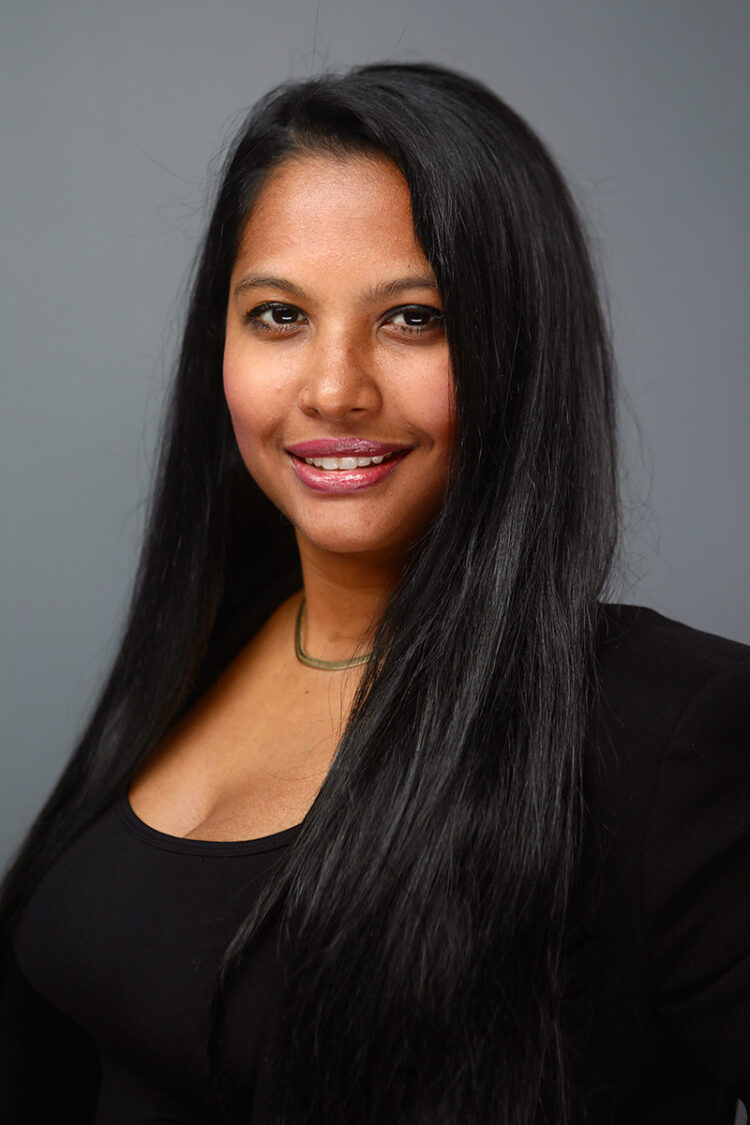Building Businesses That Last
Entrepreneurship is often celebrated as a story of vision, boldness, and growth. Yet behind every launch and expansion lies a constant reality: risk. Market volatility, liability exposure, property damage, or sudden disruptions can dismantle years of progress in an instant.
“Marie Ramen is dedicated to helping entrepreneurs strengthen their ventures through smarter risk planning. Drawing on over ten years of international experience in sales leadership and commercial operations, she works with business owners across New York to strengthen their ability to navigate uncertainty. She holds a BSc (Hons) in Accounting from Oxford Brookes University and an MBA in Marketing from Rutgers, and currently serves as Manager, Commercial Lines at the Rodney Shannon State Farm Agency.”
Risk as Strategic Infrastructure
Too often, risk management is treated as an afterthought—something to be considered once funding is secured or sales are steady. Marie argues that the opposite should be true: insurance and asset protection function as the invisible scaffolding that allows businesses to expand with confidence.
- Insurance as Liability, property, and business interruption coverage are not passive documents but active tools that provide continuity when crises hit.
- Safeguarding Protecting intellectual property, key talent, and capital investments ensures that innovation is not derailed by unexpected shocks.
- Financial By aligning risk strategies with financial planning, entrepreneurs can preserve cash flow, reassure investors, and keep their focus on bold expansion.
“In a world defined by uncertainty, safeguarding assets isn’t just defensive,” Ramen explains. “It’s a catalyst for growth—because it gives entrepreneurs the stability, they need to take bigger risks where it matters most.”
From Vulnerability to Opportunity
Unlike large corporations with deep reserves, small businesses often operate with limited margins. A single uninsured event—a lawsuit, natural disaster, or cyber incident—can mean permanent closure. Yet businesses that embed risk safeguards are positioned not only to withstand shocks but to turn uncertainty into opportunity.
This proactive mindset transforms risk into a competitive advantage. “Entrepreneurs are builders,” Ramen emphasizes. “My role is to help them think like long-term operators—creating structures that protect what they’ve worked for and make growth sustainable.”
The Ripple Effect: Strengthening Communities
Resilience planning doesn’t just protect individual businesses; it strengthens entire communities. When a business weathers disruption and continues to operate, it protects jobs, supports families, and maintains stability in the neighborhoods it serves.
“Small businesses do more than generate revenue,” Ramen reflects. “They sustain livelihoods, anchor neighborhoods, and fuel local economies. Protecting them means safeguarding the fabric of our communities.”
Looking Forward
As entrepreneurship continues to drive innovation, risk literacy must become part of the mainstream conversation. By helping founders view risk not as a constraint but as strategic infrastructure, Marie Ramen is contributing to a stronger, more sustainable entrepreneurial ecosystem.
Her message is clear: resilience is not the opposite of ambition. It is what allows ambition to thrive.













